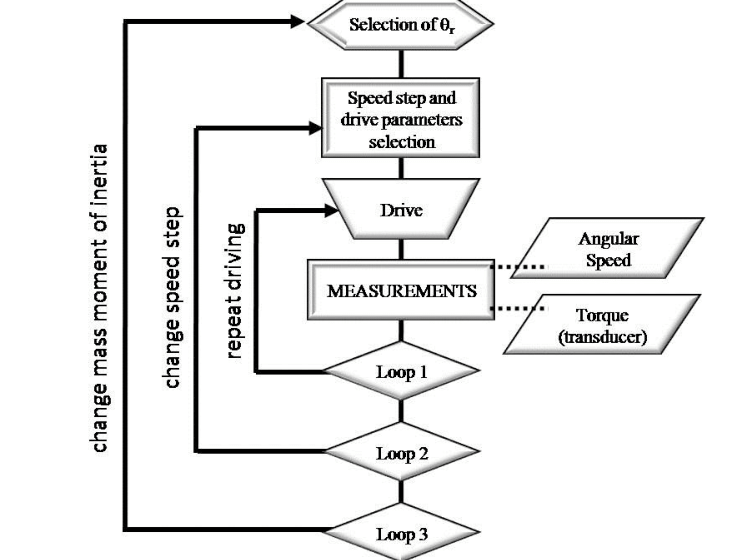Solar power systems are becoming an increasingly popular choice for residential, commercial, and industrial energy needs. The shift towards renewable energy sources is not only driven by environmental concerns but also by the desire for energy independence and lower electricity costs. A key aspect of understanding solar power systems is the sequence of operation, which refers to the order in which different components of the system function to capture, convert, store, and use solar energy. This sequence is crucial to ensuring the system operates efficiently and safely.
In this article, we will explore the sequence of operation in solar power systems, examining how the different components work together to generate electricity. We will also look at the pros and cons of solar power systems, helping you understand both the benefits and potential drawbacks of implementing solar energy solutions.
What is the Sequence of Operation in Solar Power Systems?
The sequence of operation in a solar power system is a step-by-step process that outlines how the system works from the moment sunlight hits the solar panels to when the energy is consumed or stored. The key components involved in this process include solar panels (photovoltaic cells), inverters, batteries, charge controllers, and electrical distribution systems. The sequence ensures that energy is captured, converted, and used efficiently while protecting the system from damage.
Here’s an overview of the typical sequence of operation in a grid-tied solar power system with battery backup:
- Solar Panels (Photovoltaic Cells):
- The process begins with the solar panels, which are made up of photovoltaic (PV) cells. When sunlight strikes these cells, it generates direct current (DC) electricity. The amount of electricity generated depends on the intensity of the sunlight, the efficiency of the panels, and the angle at which the sunlight hits the panels.
- Inverter Conversion:
- The DC electricity produced by the solar panels is not immediately usable in most home and commercial applications, as these typically run on alternating current (AC). To convert the DC electricity into AC, the electricity passes through an inverter. In grid-tied systems, the inverter synchronizes the AC electricity with the grid, allowing surplus energy to be fed back into the grid.
- Energy Distribution:
- Once converted into AC electricity, the energy is distributed through the electrical panel to power the appliances, lighting, and devices within the home or building. If the system is generating more electricity than is needed, excess power is sent back to the utility grid (in the case of grid-tied systems), or stored for later use (in the case of off-grid or hybrid systems with batteries).
- Battery Storage (Optional):
- If the solar power system includes a battery storage system, the surplus energy is directed to the batteries. The charge controller regulates the energy flow into the batteries, ensuring they are charged efficiently without being overcharged or damaged. The stored energy can be used later when solar production is insufficient, such as at night or during cloudy weather.
- Grid Interaction (for Grid-Tied Systems):
- In grid-tied systems, any excess energy that is not used by the home or stored in batteries is sent back to the electricity grid. This can result in credits or financial compensation through net metering, where homeowners or businesses receive credits on their utility bills for the power they contribute to the grid.
- Energy Usage & Monitoring:
- Finally, the energy is used by various appliances and systems within the home or business. Some advanced systems also have energy monitoring tools, allowing homeowners to track energy consumption and production in real time, making it easier to optimize usage and manage the system’s performance.
Pros of Solar Power Systems
Solar power offers several advantages for homeowners, businesses, and the environment. Below are some of the key benefits of solar energy:
1. Renewable and Environmentally Friendly
- Solar power is a clean, renewable energy source. Unlike fossil fuels, solar energy does not produce harmful greenhouse gases or pollutants. By switching to solar power, homeowners and businesses can significantly reduce their carbon footprint, contributing to the fight against climate change.
2. Cost Savings and Energy Independence
- Although the initial cost of installing solar panels can be high, over time, solar power systems can lead to significant cost savings on electricity bills. Once the system is installed, solar energy is essentially free. Additionally, many solar power systems offer net metering, allowing homeowners to receive credits for excess energy produced, further lowering their energy costs.
- Solar power also provides a level of energy independence. Instead of relying entirely on the utility grid, homeowners and businesses can generate their own power, reducing their exposure to rising energy prices and grid outages.
3. Low Maintenance
- Solar power systems generally require minimal maintenance. Solar panels are durable and often come with warranties that last 20 years or more. Regular cleaning and periodic inspections are usually all that’s needed to keep the system running efficiently.
4. Energy Storage Capabilities
- In systems with battery storage, excess solar energy can be stored and used when needed, such as during cloudy days or at night. This makes solar power more reliable and reduces dependency on the grid, particularly in off-grid locations.
5. Increased Property Value
- Installing a solar power system can increase the value of your property. Homes and businesses with solar panels are often seen as more desirable due to the long-term cost savings and environmentally-friendly nature of solar power.
6. Incentives and Tax Benefits
- Governments around the world offer various incentives, rebates, and tax credits to encourage the adoption of solar energy. These financial incentives can reduce the upfront cost of installing solar systems, making them more accessible to a wider range of consumers.
Cons of Solar Power Systems
While solar energy offers many advantages, there are also some disadvantages and limitations associated with its use. Below are some of the key challenges:
1. High Initial Costs
- The upfront cost of purchasing and installing solar panels, inverters, batteries, and other equipment can be high. Though costs have been falling in recent years, the initial investment may still be prohibitive for some homeowners or businesses. However, the long-term savings on electricity bills and government incentives can help offset these costs.
2. Intermittent Energy Production
- Solar power generation is intermittent, meaning it depends on sunlight. The amount of energy produced varies throughout the day and is significantly lower on cloudy days or at night. While batteries can store excess energy for later use, grid-tied systems rely on the availability of sunlight for optimal performance.
3. Space Requirements
- Solar panels require significant space for installation, particularly if you want to power a larger building or home. For homes with limited roof space or commercial properties with high energy demands, this can be a challenge. Solar farms, for example, require vast expanses of land to generate large amounts of power.
4. Energy Storage Costs
- Battery storage systems, while useful, can be expensive to install and maintain. Additionally, batteries have a limited lifespan and will need to be replaced every 5 to 15 years, adding to the long-term costs of the system.
5. Efficiency and Performance
- While solar technology has improved significantly in recent years, solar panels still have relatively low efficiency rates. Most solar panels convert only around 15-20% of the sunlight they capture into usable electricity. The efficiency can be affected by factors such as panel orientation, shading, and temperature, which means some homes or locations may not benefit as much from solar energy.
6. Environmental Impact of Manufacturing
- Although solar energy itself is clean, the manufacturing process of solar panels can have environmental impacts. Producing solar panels requires energy, and some materials used in their construction (such as rare earth metals) can have environmental consequences. However, solar power’s overall environmental impact is much lower than that of fossil fuels.
Conclusion
The sequence of operation in a solar power system is essential for ensuring that solar energy is captured, converted, and used effectively. Understanding how each component works together helps to optimize the system’s performance and efficiency.
While solar power offers substantial environmental and economic benefits, it also comes with certain challenges, including high initial costs, intermittent energy production, and space requirements. However, with continued technological advancements, government incentives, and growing interest in sustainable energy solutions, solar power is increasingly becoming a viable and attractive option for individuals and businesses alike.
By weighing the pros and cons of solar energy, consumers can make more informed decisions about whether solar power is the right choice for their needs and how to optimize its performance to maximize benefits.



